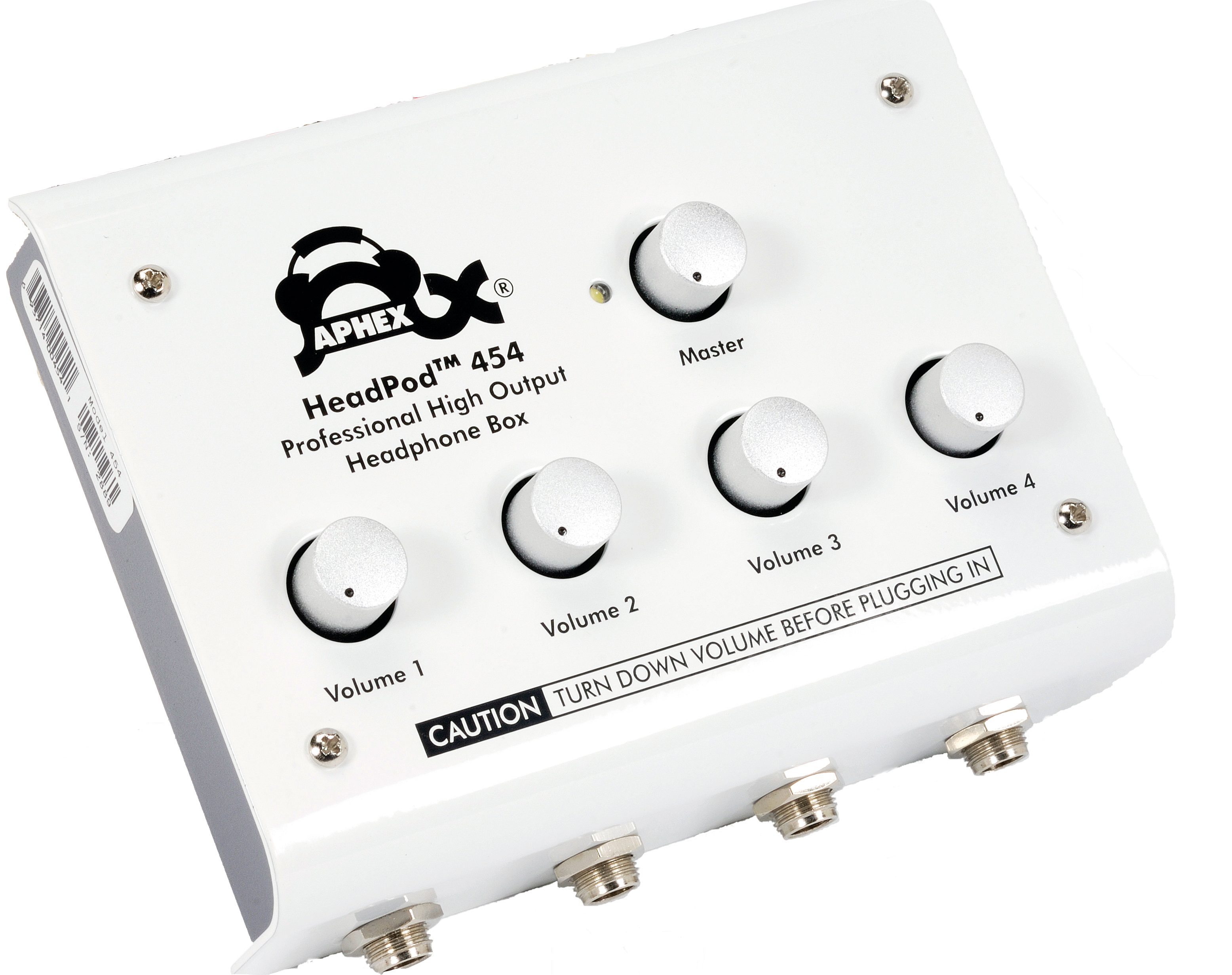MusicRadar Verdict
At £115, the Aphex HeadPod will most likely be out of the question for people with an entry-level home recording set-up. However, those finding themselves looking into investing in a more pro recording set-up will benefit from having a more capable monitoring solution in their gear box. There are cheaper alternatives, but many won't last so long or offer such clear audio quality as this.
Pros
- +
Clean output, even while using every channel. Robust build quality.
Cons
- -
Expensive for what it is, but probably worth it for the quality.
MusicRadar's got your back
As electronic drum kits become more financially viable, an increasing amount of drummers are venturing into home recording. And, with computers getting faster for less money too, the ability to record a full band is well within reach of the average consumer. A decent monitoring system is a must in any recording set-up, and with the HeadPod, Aphex is offering four stereo outputs from one signal, effectively allowing you to record as a live band while also being able to monitor the audio in isolation.
Build
The Aphex HeadPod is housed in a travel-friendly white metal chassis, measuring in at just 5 1/5" wide, 1.9" high and 4 1/4" in depth. At the front of the unit you'll find four large 1/4" jack headphone outputs, each utilising a separate volume knob found on the top of the unit, along with a similarly-built master volume to control the overall level. On the back you'll find a single 1/4" unbalanced input as well as a stereo, balanced input pair.
"Any changes you make in volume to each headphone output won't affect the quality of output of the other channels. This offers a great advantage over the cheaper headphone monitors on the market"
The HeadPod is also supplied with the necessary 12VAC power supply, as well as an optional clamp for use with a microphone stand.
Hands on
As well as the ability to change the monitoring level of each headphone output, each channel has its own preamp. This allows the signal to be split, so each channel can be monitored completely independently of the rest. This means that any changes you make in volume to each headphone output won't affect the quality of output of the other channels. This offers a great advantage over the cheaper headphone monitors on the market where, without the multiple preamps, turning up one headphone output will affect the output of the others as, ultimately, one signal has to be split for all outputs.
Except for a small LED next to the master output, the unit is absent of any meters. However, the HeadPod has a substantial level allowance, so sound clipping doesn't present a problem. Used at low volume levels, the audio quality is clean and without any audible noise, while cranking it up to a higher level exposes no discernible loss of frequencies or audio quality.
Plugging in four headphones doesn't affect the performance of the HeadPod and it happily did its job without a fuss.
Want all the hottest music and gear news, reviews, deals, features and more, direct to your inbox? Sign up here.
